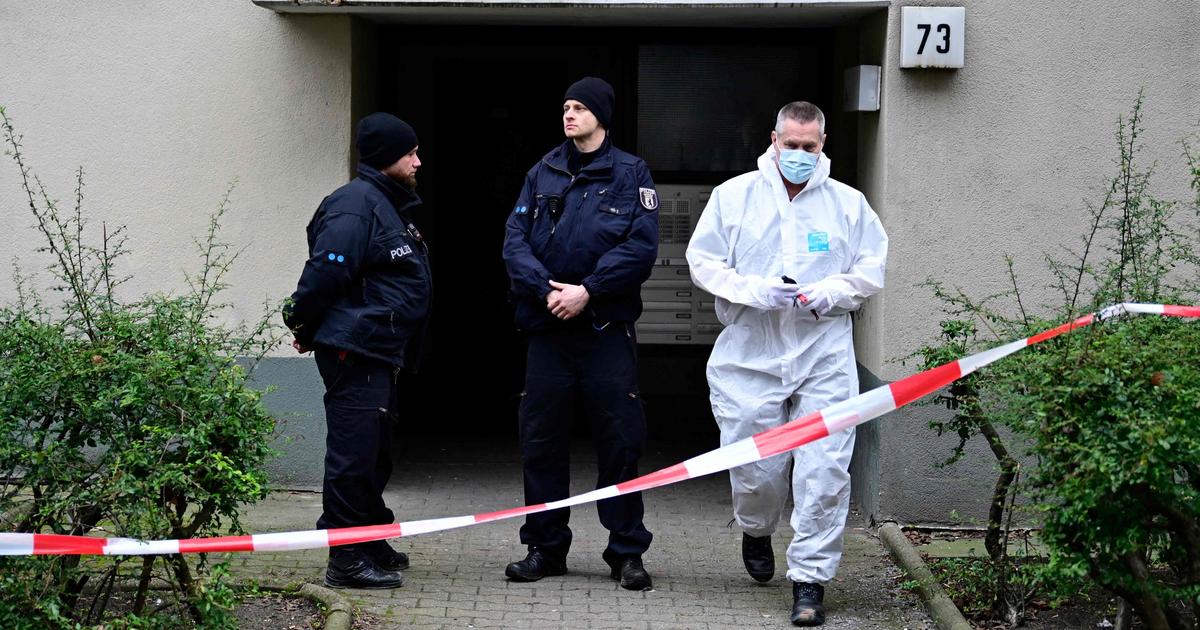We are since '89
all articles
After the fall of the wall, medical doctors hurried from west to east. They wanted to investigate how people's health is, to detect differences. One finding: in the East, significantly fewer people suffered from allergies than in the West.
How has this relationship developed to this day? Where do you still find East-West differences 30 years after reunification? And why could that be? The health record to 30 years reunification:
1. Life expectancy: women on the same, men not quite
When the wall came down in 1989, life expectancy in East and West Germany was still very different. While boys born in the East had statistically less than 70 years to live, the boys in the West could already hope for more than 73 years. For girls born in 1989, life expectancy was around 77 years in the East and almost 80 in the West.
This was mainly due to the health system: Although all citizens were insured uniformly in the GDR. In addition, pregnant women, nurseries and schools were on regular check-ups. Those who were seriously ill but had to worry about his treatment. Patients sometimes waited two years for an artificial joint or a heart operation, and only 40 percent of those with severe kidney disease were given dialysis, the Konrad-Adenauer-Stiftung writes.
In the past 30 years, the differences in life expectancy have disappeared - at least for women. Not so with the men. According to the Robert Koch Institute, more men are dying in East Germany, especially in the group of 15 to 44-year-olds than in the West. The main causes: accidents, alcoholic liver disease, cardiovascular diseases and cancer.
2. Satisfaction: The West-East divide
Even 30 years after the fall of the Berlin Wall, people in eastern Germany are less satisfied with the health care they provide at their place of residence than the people in West German states. This is shown by data from the BAH health monitor.
In the interpretation, however, it should be remembered that the population in eastern Germany is also older and therefore more frequently chronically ill. In addition, the east is sparsely populated and patients have to drive on to reach a doctor. That means: East Germans are probably just dissatisfied with the health care in the country - as well as West Germans would be.
3. Allergies: The protection of GDR children
Obsolete factories and power stations polluted the GDR in the GDR. After the fall of the wall, medical professionals from the West tried to prove that air pollution had promoted allergies. Their research, however, showed the opposite: while only about six percent of people in the new federal states suffered from allergies, in western Germany there were just under twelve percent of the population.
In the years after the fall, the proportion of allergy sufferers in both parts of the republic soared, as the graph shows. Looking only at the children, there is no difference between west and east.
An explanation for the strong deviations shortly after the turnaround is the so-called hygiene hypothesis. In the GDR, many children came to the nursery with just a few months, and on average they had more siblings. Both provided for a lively exchange of bacteria and viruses at the beginning of life, which - according to the theory - reduces the risk of allergies.
However, there is also criticism of the theory, since it is based only on observations and the connection between pathogens and allergies can not prove one hundred percent. However, another similarly recognized explanation for the phenomenon is missing.
4. Cardiovascular Diseases: The East is catching up
For decades, the risk of cardiovascular diseases such as heart attacks or strokes has been falling in Germany - even more so in the East than in the West. This, too, has helped to bring life expectancy into line.
The fact that the mortality in the East is still a little higher, in turn, has to do with the health care in the country. A heart attack counts every minute. In the sparsely populated areas of Brandenburg, Saxony-Anhalt and Mecklenburg-Western Pomerania the travel time to emergency ambulances is often more than 40, sometimes even 60 or 80 minutes.
Source: BBSR Spatial Planning Report 2017; Map basis: DE / BKG 2014.
This problem affects - a little less - but also some sparsely populated areas in West Germany, such as the Eifel, Nordfriesland or the Bavarian-Thuringian border area.
5. Accessibility of pharmacies and doctors: The nearest urban-rural problem
Here, too, similar patterns emerge: In sparsely populated regions, people have to travel the longest route to doctors and pharmacies. This particularly affects Mecklenburg-Vorpommern, Brandenburg and the north of Saxony-Anhalt. Only a fraction of the population has a family doctor or a pharmacy within a radius of one kilometer. So here we see West-East differences, which are mainly city-to-country differences.
photo gallery
Accessibility of family doctors
Share of the population with a maximum of 1000 meters airline distance to the nearest family doctor.
pale yellow = less than 20%; dark red = over 80%
Accessibility of pharmacies
Share of the population with a maximum of 1000 meters airline distance to the nearest pharmacy.
pale yellow = less than 20%; dark red = over 80%
6. Alcohol consumption: contaminated sites
In the new federal states, there are significantly more deaths attributable to alcohol:
Even clearer than the East-West difference, however, is the difference between men and women. Men are many times more likely to die from liver disease or alcohol-related cancers.
The regional differences in deaths do not mean that in the East, in principle, more is drunk than in the West. According to statistics, more people with acute alcohol intoxications end up in hospitals in some western German states. What seems contradictory at first sight can be explained.
Acute alcohol poisoning is a single event. For example, who drinks too much at the Oktoberfest once a year does not necessarily drink too much alcohol in the remaining months. On the other hand, those who die today as a result of their alcohol consumption often began to over-drink decades ago.
In fact, hardly any other country consumed as much beer and schnapps as in the GDR, even though excessive consumption of alcohol was considered "alien to socialism". Alcohol was a pleasure, strength and medium of exchange as well as a popular gift - and, unlike other drugs, well available.
7. Pregnancies: The culture of the early child
To date, women in the new federal states are almost a year younger at the birth of their first child than in the old federal states. At least from a health point of view, they have an advantage. As fertility decreases with age, the best age for conception is between 20 and 30.
"In the GDR, work and family were easier to reconcile, childbearing was strongly encouraged, mothers had better opportunities in the labor and housing market," says Martin Bujard of the Federal Institute for Population Research. "There were not so many alternatives to the family, such as extended travel or careers in self-selected occupations."
The cultural differences show up to today among other things at the time of the weddings. "In the West, it's more likely to get married and then have children, in East Germany around 60 percent of first births take place outside of marriage, but many later marry," says Bujard. Also, institutional childcare in eastern Germany is much more accepted.
The scientist considers it conceivable that the age of the mothers at the birth of their first child in the West and East will eventually be equal. "But that can take a long time," he says.
8. Inoculation: Prescribed by the state, preserved until today
"Socialism is the best prophylaxis," praised as a model in the GDR of partition walls in front of hospitals. Many vaccinations were mandatory. To date, more people are being vaccinated in the new federal states than in the old ones. In 2017, for example, 94.4 percent of children in the eastern federal states had received the second measles vaccine, compared to 92.6 percent in western countries.
Conclusion:
In 1989, the health of an average East German was still very different from that of an average West German; life in the different systems had left its mark. Since then, much has changed from life expectancy to cardiovascular disease and motherhood. The differences between West and East have noticeably decreased.
Why are there deviations at all? In some cases, health effects do not become apparent until years later, and even cultural differences gradually disappear. Moreover, where people in the new federal states are still disadvantaged, the causes are often more in the urban-rural divide than in differences between east and west.








/cloudfront-eu-central-1.images.arcpublishing.com/prisa/DS76CS22FZADVL4PMWTQQDWZQI.jpg)
